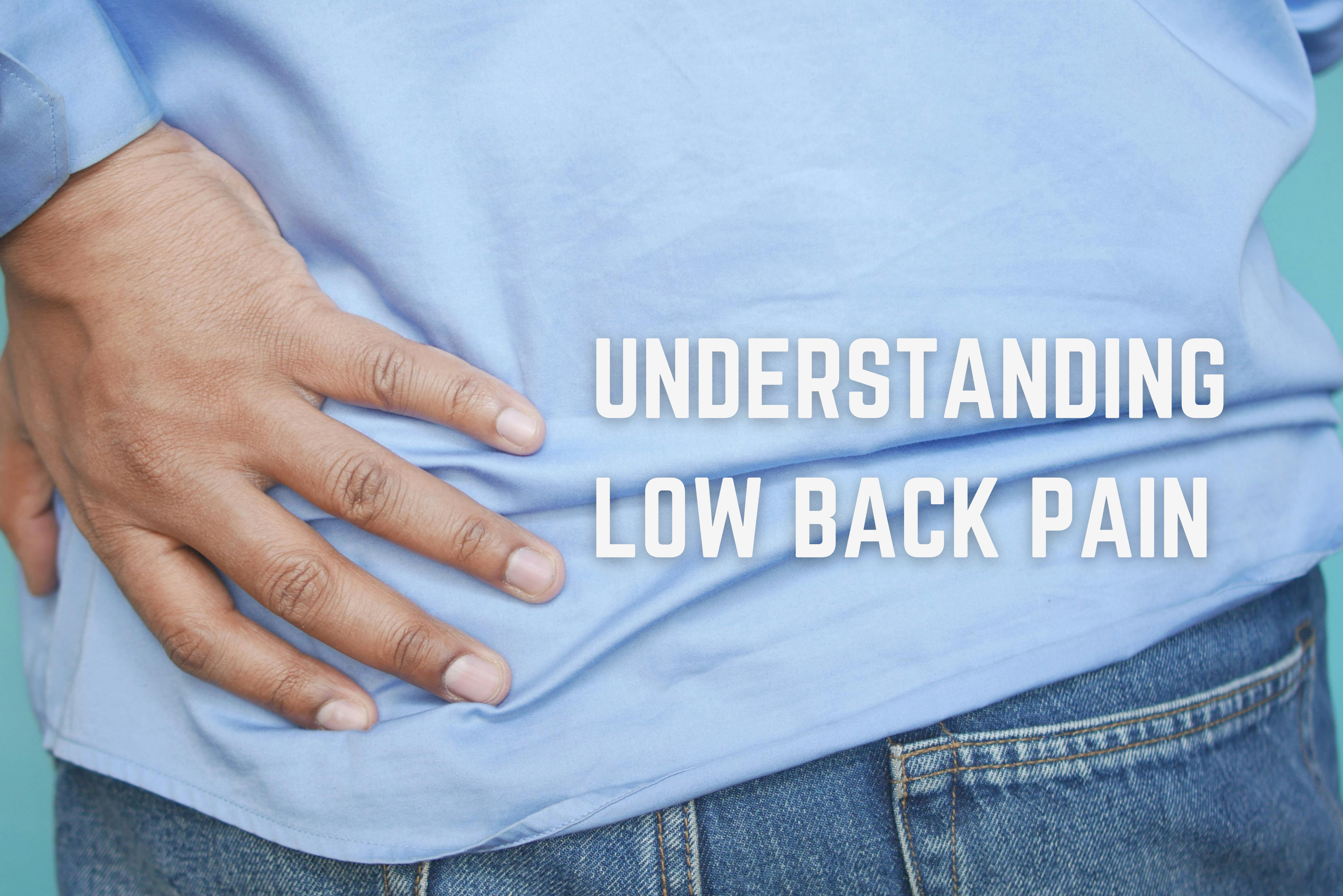Low back pain is one of the most common reasons people visit a doctor. It can range from a mild, nagging discomfort to severe, disabling pain. While many cases improve on their own, understanding the causes and treatment options can help you manage and prevent it.
Common Causes of Low Back Pain
Several factors can contribute to low back pain. Here are some of the most common causes:
1. Muscle Strain or Ligament Sprain
- Happens due to lifting heavy objects, sudden movements, or poor posture.
- Symptoms: Aching, stiffness, and difficulty bending or moving.
2. Herniated or Bulging Discs
- The soft cushions (discs) between spinal bones can rupture or bulge, pressing on nerves.
- Symptoms: Sharp, radiating pain, numbness, or weakness in the legs.
3. Arthritis (Osteoarthritis or Degenerative Disc Disease)
- Wear and tear of spinal joints over time can lead to stiffness and pain.
- Symptoms: Chronic pain, stiffness, worse in the morning or after activity.
4. Sciatica (Nerve Pain)
- Compression of the sciatic nerve causes pain that travels from the lower back to the leg.
- Symptoms: Burning, shooting pain, tingling, or numbness down one leg.
5. Spinal Stenosis
- Narrowing of the spinal canal that puts pressure on nerves.
- Symptoms: Pain, weakness, or numbness, worsened by standing or walking.
6. Osteoporosis and Compression Fractures
- Weak bones can lead to fractures, especially in older adults.
- Symptoms: Sudden, severe pain in the spine, often after minor movements.
7. Scoliosis and Structural Issues
- Abnormal spine curves can cause muscle imbalances and pain.
- Symptoms: Uneven posture, back pain, or fatigue with prolonged standing.
8. Infections or Tumors (Rare but Serious Causes)
- Infection of the spine or tumors pressing on nerves can lead to back pain.
- Symptoms: Persistent pain, fever, weight loss, or night pain.
How is Low Back Pain Diagnosed?
A doctor will evaluate your symptoms and medical history. Some common steps in diagnosis include:
- History and Physical Examination – Checking your movement, strength, and nerve function.
- X-rays – Identifies arthritis or fractures.
- MRI or CT Scan – Provides detailed images of discs, nerves, and soft tissues.
- Blood Tests – Helps rule out infections or other medical conditions.
Treatment Options for Low Back Pain
Treatment depends on the cause and severity of the pain. Here are common approaches:
1. Home Remedies and Self-Care
- Rest (but not too much) – Short-term rest can help, but movement is important.
- Ice and Heat – Ice reduces swelling; heat relaxes muscles.
- Gentle Stretches & Exercise – Strengthening core muscles helps prevent future pain.
2. Medications
- Over-the-Counter Pain Relievers (Ibuprofen, Acetaminophen).
- Muscle Relaxants – Used for spasms.
- Nerve Pain Medications – If pain is related to nerve irritation (e.g., sciatica).
3. Physical Therapy/Rehabilitation
- A physical therapist can teach exercises to strengthen muscles and improve flexibility.
4. Injections
- Cortisone (steroid) injections can help reduce inflammation around nerves.
5. Minimally Invasive Procedures & Surgery (If Needed)
- For severe cases, options like radiofrequency ablation (to block pain signals) or surgery (e.g., discectomy, spinal fusion) may be recommended.
When to See a Doctor?
Seek medical help if:
✔ Your pain lasts more than a few days or caused by an injury or fall,severe pain
✔ You experience numbness, weakness, or loss of bowel/bladder control.
✔ Your pain worsens at night or with rest.
✔ You have a history of cancer or unexplained weight loss.
Final Thoughts
Most cases of low back pain improve with simple treatments. Keeping good posture, staying active, and strengthening your core muscles can help prevent future episodes. If pain persists, seek medical advice for proper diagnosis and treatment.
If you’re struggling with back pain, consult your PCP or a specialist for personalized care.
Take Action Against Low Back Pain
If you’re struggling with low back pain, don’t wait to seek help. Advanced Pain Solutions offers comprehensive diagnosis and personalized treatment plans to help you in pain relief. Contact them today to schedule an appointment:
- Phone: (972) 681-7246 or (972) 681-PAIN
- Fax: (972) 681-1079
- New Patient Referral Fax: (888) 366-8067
- Website: https://advancedpainsolutionstx.com/contact-us/
Their experienced team is ready to assist you on your journey to recovery.
#APS, #advancedpainsolutionstx, #casestudy, #lowbackpain, #backpain

